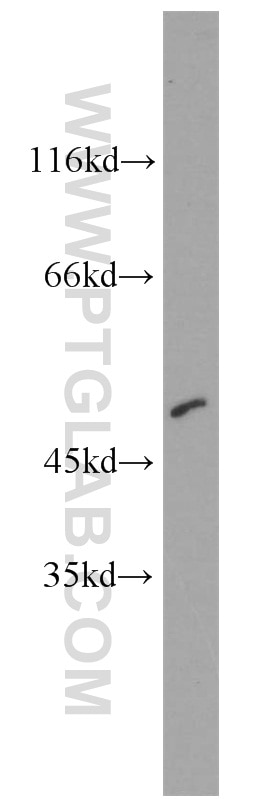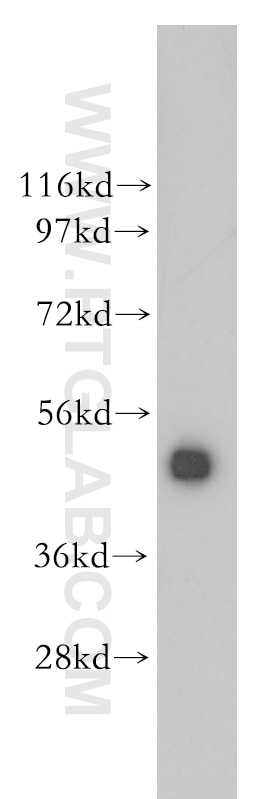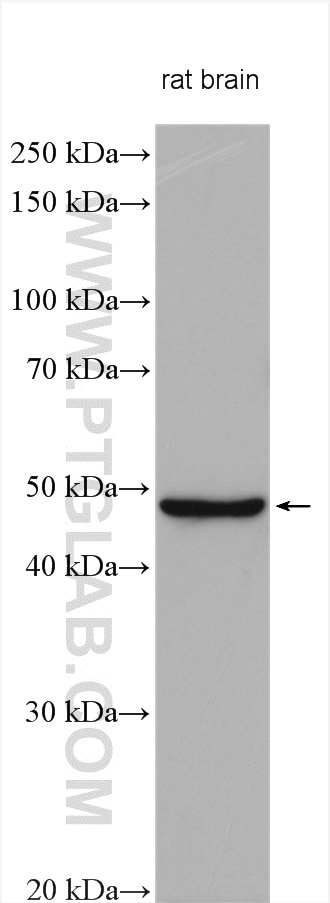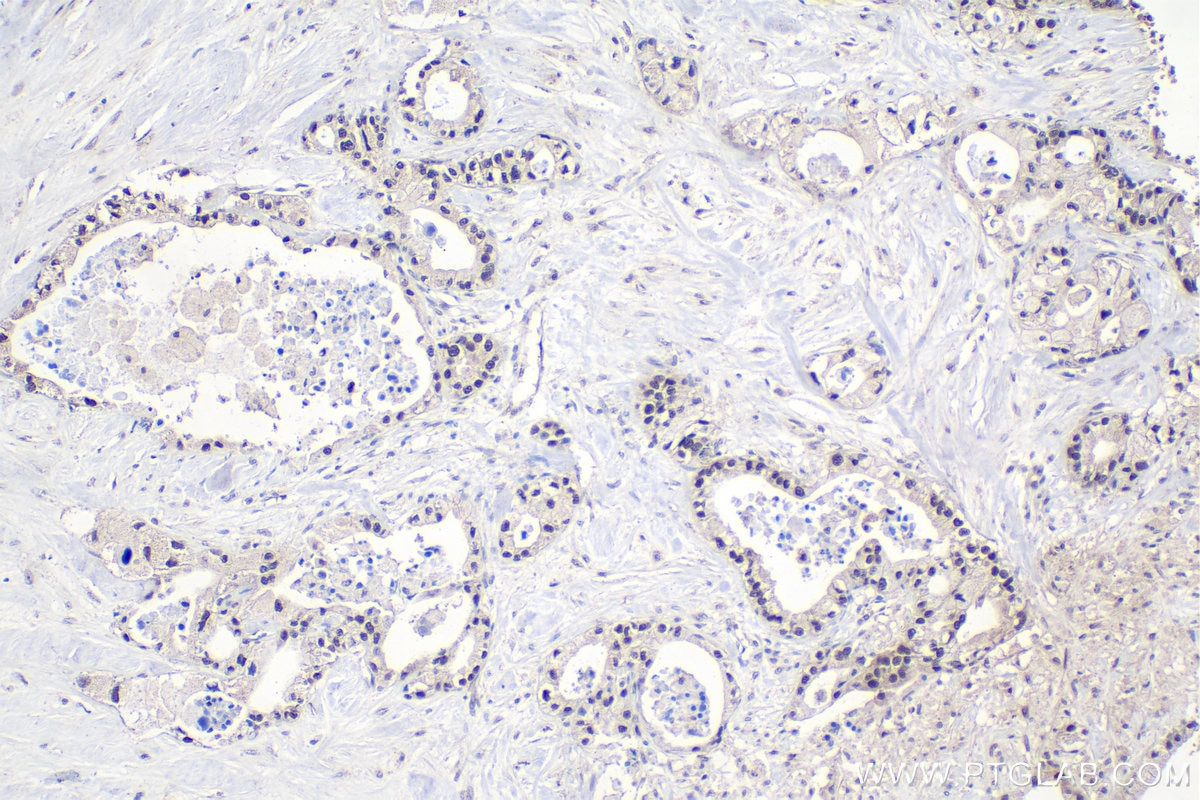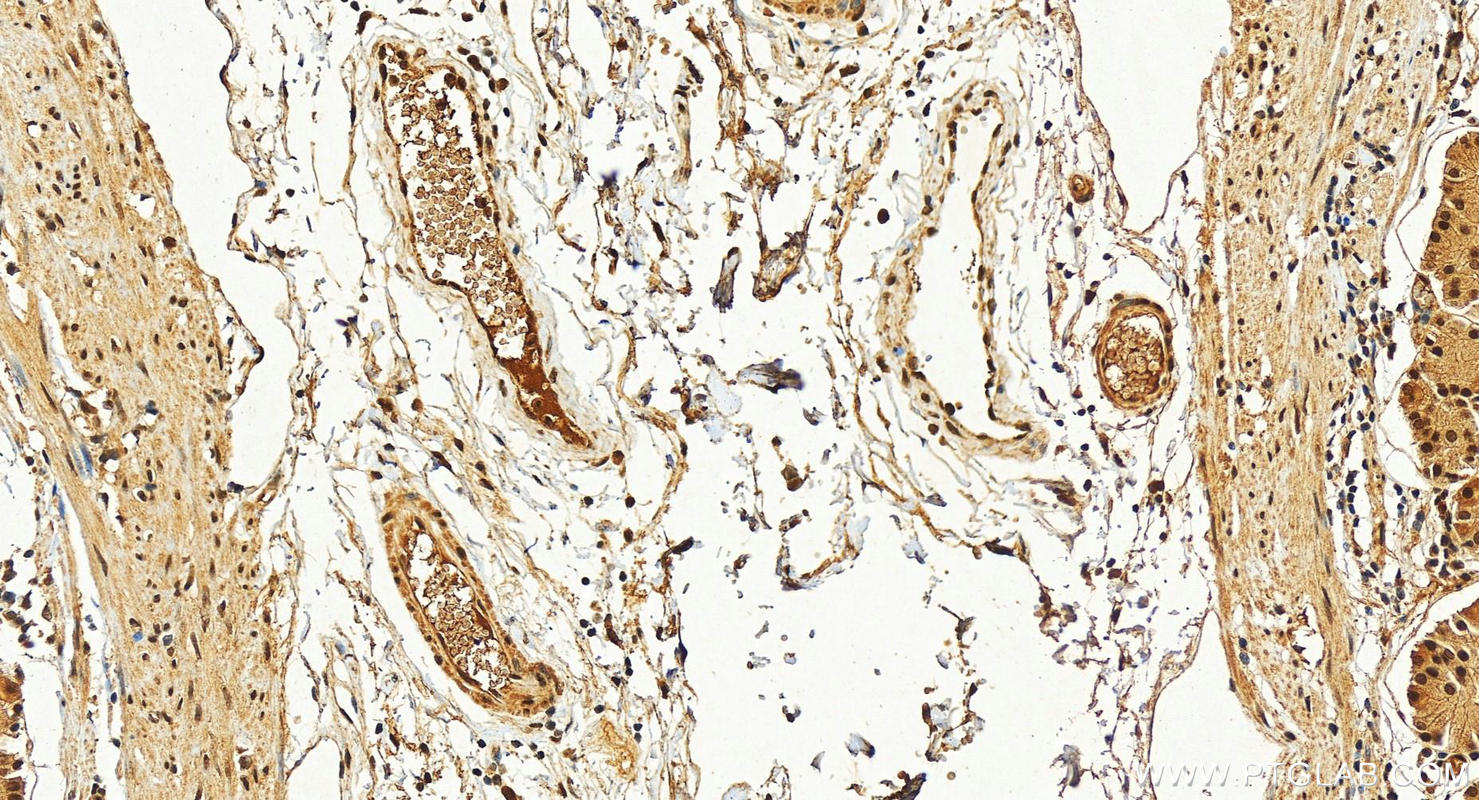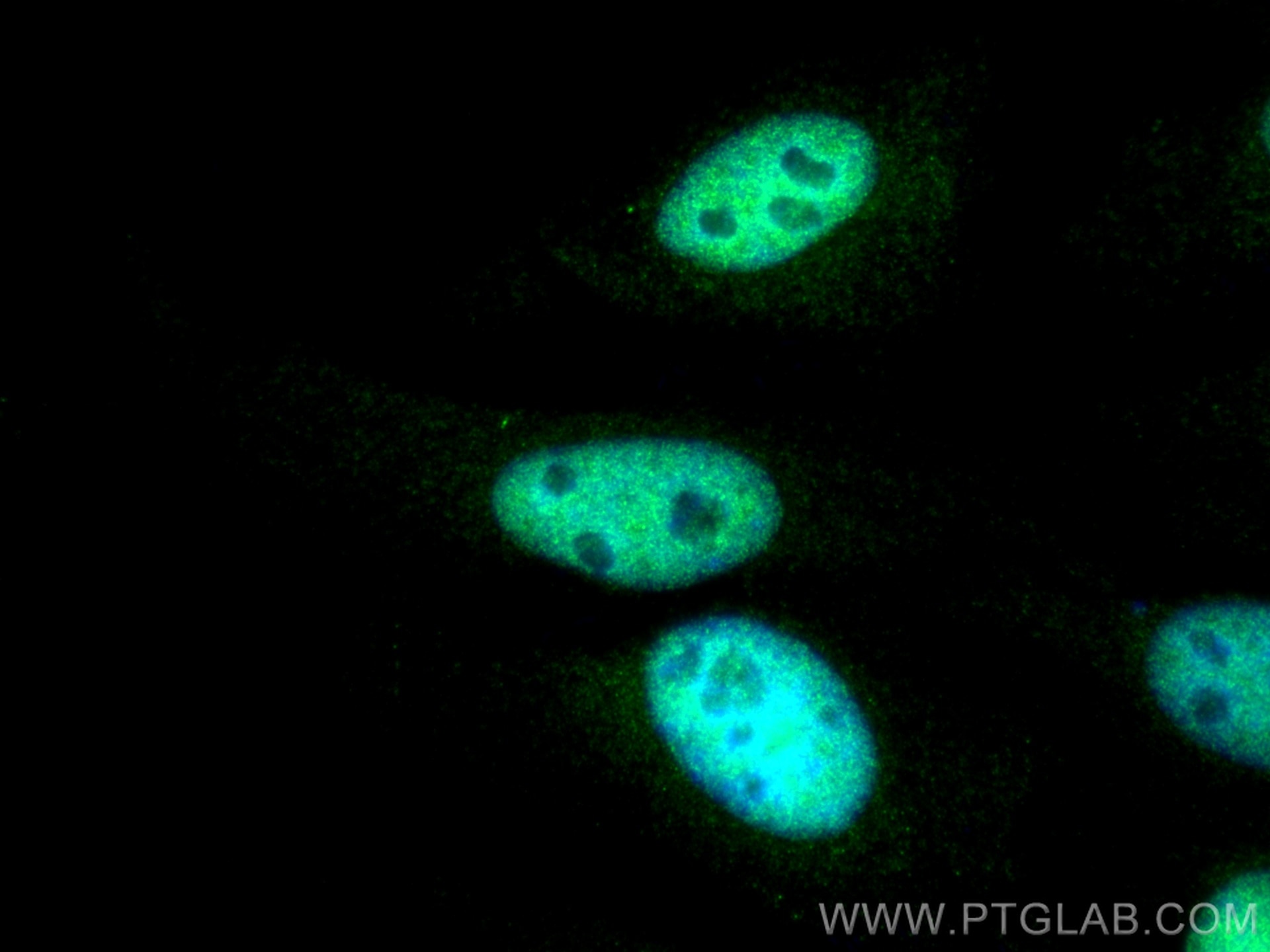- Phare
- Validé par KD/KO
Anticorps Polyclonal de lapin anti-CTBP2
CTBP2 Polyclonal Antibody for WB, IHC, IF/ICC, FC (Intra), IP, ELISA
Hôte / Isotype
Lapin / IgG
Réactivité testée
Humain, rat, souris et plus (2)
Applications
WB, IHC, IF/ICC, FC (Intra), IP, CoIP, ELISA
Conjugaison
Non conjugué
N° de cat : 10346-1-AP
Synonymes
Galerie de données de validation
Applications testées
| Résultats positifs en WB | tissu cérébral de souris, tissu cardiaque de souris, tissu cérébral de rat |
| Résultats positifs en IP | tissu cardiaque de souris |
| Résultats positifs en IHC | tissu de cancer du pancréas humain, tissu d'estomac humain il est suggéré de démasquer l'antigène avec un tampon de TE buffer pH 9.0; (*) À défaut, 'le démasquage de l'antigène peut être 'effectué avec un tampon citrate pH 6,0. |
| Résultats positifs en IF/ICC | cellules HeLa, |
| Résultats positifs en FC (Intra) | cellules HeLa, |
Dilution recommandée
| Application | Dilution |
|---|---|
| Western Blot (WB) | WB : 1:1000-1:4000 |
| Immunoprécipitation (IP) | IP : 0.5-4.0 ug for 1.0-3.0 mg of total protein lysate |
| Immunohistochimie (IHC) | IHC : 1:500-1:2000 |
| Immunofluorescence (IF)/ICC | IF/ICC : 1:1000-1:4000 |
| Flow Cytometry (FC) (INTRA) | FC (INTRA) : 0.40 ug per 10^6 cells in a 100 µl suspension |
| It is recommended that this reagent should be titrated in each testing system to obtain optimal results. | |
| Sample-dependent, check data in validation data gallery | |
Applications publiées
| KD/KO | See 3 publications below |
| WB | See 7 publications below |
| IHC | See 1 publications below |
| IF | See 6 publications below |
| CoIP | See 1 publications below |
Informations sur le produit
10346-1-AP cible CTBP2 dans les applications de WB, IHC, IF/ICC, FC (Intra), IP, CoIP, ELISA et montre une réactivité avec des échantillons Humain, rat, souris
| Réactivité | Humain, rat, souris |
| Réactivité citée | Humain, poisson-zèbre, souris, Gerbille |
| Hôte / Isotype | Lapin / IgG |
| Clonalité | Polyclonal |
| Type | Anticorps |
| Immunogène | CTBP2 Protéine recombinante Ag0352 |
| Nom complet | C-terminal binding protein 2 |
| Masse moléculaire calculée | 49 kDa |
| Poids moléculaire observé | 49 kDa |
| Numéro d’acquisition GenBank | BC002486 |
| Symbole du gène | CTBP2 |
| Identification du gène (NCBI) | 1488 |
| Conjugaison | Non conjugué |
| Forme | Liquide |
| Méthode de purification | Purification par affinité contre l'antigène |
| Tampon de stockage | PBS with 0.02% sodium azide and 50% glycerol |
| Conditions de stockage | Stocker à -20°C. Stable pendant un an après l'expédition. L'aliquotage n'est pas nécessaire pour le stockage à -20oC Les 20ul contiennent 0,1% de BSA. |
Informations générales
C-Terminal binding protein 2 (CTBP2) is a transcriptional repressor. It contains a NAD+ binding domain similar to NAD+-dependent 2-hydroxyacid dehydrogenases. This protein is thought to bind to the C-terminus of the adenovirus E1A proteins. Studies in mice suggested that this protein is involved in transcriptional repression. CTBP2 is expressed in all tissues tested, with a higher level of expression in the heart, skeletal muscle, and pancreas. The gene of CTBP2 is mapped to human chromosome 21q21.3.
Protocole
| Product Specific Protocols | |
|---|---|
| WB protocol for CTBP2 antibody 10346-1-AP | Download protocol |
| IHC protocol for CTBP2 antibody 10346-1-AP | Download protocol |
| IF protocol for CTBP2 antibody 10346-1-AP | Download protocol |
| IP protocol for CTBP2 antibody 10346-1-AP | Download protocol |
| FC protocol for CTBP2 antibody 10346-1-AP | Download protocol |
| Standard Protocols | |
|---|---|
| Click here to view our Standard Protocols |
Publications
| Species | Application | Title |
|---|---|---|
J Neurosci Tonotopic variation in the calcium dependence of neurotransmitter release and vesicle pool replenishment at mammalian auditory ribbon synapses. | ||
Neural Plast Specific Influences of Early Acoustic Environments on Cochlear Hair Cells in Postnatal Mice. | ||
Proteome Sci Proteomic analysis of neonatal mouse hearts shows PKA functions as a cardiomyocyte replication regulator | ||
Genet Mol Res MicroRNA-200 family members are weakly expressed in the neurosensory epithelia of the developing zebrafish (Danio rerio) inner ear. | ||
Front Physiol Ling-gui-zhu-gan granules reduces obesity and ameliorates metabolic disorders by inducing white adipose tissue browning in obese mice |
Avis
The reviews below have been submitted by verified Proteintech customers who received an incentive for providing their feedback.
FH Alessandro (Verified Customer) (02-04-2025) | high specificity and sensitivity, providing reliable and reproducible results
|


